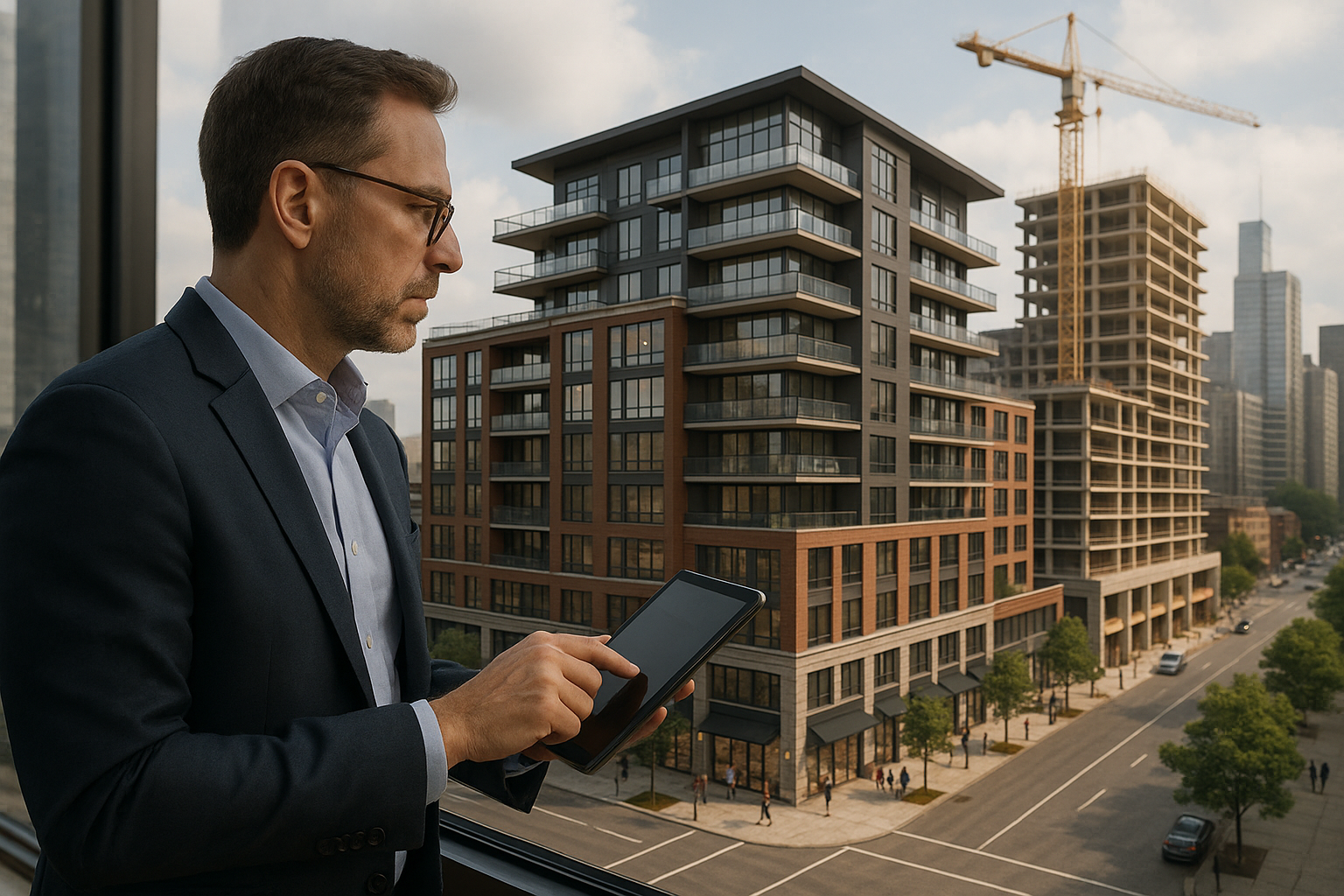The Rising Potential of Mixed-Use Developments in the Real Estate Market
As we navigate the 21st century, mixed-use developments are becoming an increasingly popular investment strategy within the real estate sector. They offer the promise of greater returns, a diversified risk profile, and a more sustainable approach to urban development. This article will delve into the rise of mixed-use developments, their pros and cons, and why they could be the next big thing in the real estate market.

The Emergence of Mixed-Use Developments
Mixed-use developments are a type of urban development strategy that blends residential, commercial, cultural, institutional, or entertainment uses into one integrated space. This type of development became popular in the 20th century as cities expanded and the need for more efficient land use increased. The concept has since evolved and gained traction, with more investors recognizing its potential in terms of return on investment and sustainability.
Current Market Trends
Currently, there is a growing trend towards mixed-use developments in urban areas. This is driven by factors such as the increasing demand for walkable urban environments, changing lifestyle preferences, and the desire for more efficient land use. Many investors are drawn to mixed-use developments because they offer a diversified income stream, which can be more resilient to market fluctuations.
The Pros and Cons of Investing in Mixed-Use Developments
Mixed-use developments offer several advantages for real estate investors. They provide a diversified income stream, spread risk across multiple types of tenants, and often yield higher returns than single-use properties. However, they also come with their challenges. These developments can be more complex to manage, require a larger initial investment, and may face regulatory hurdles.
The Potential Impact on the Real Estate Market
The increasing popularity of mixed-use developments could have a significant impact on the real estate market. It could drive a shift towards more sustainable urban development, influence property values, and change the dynamics of property management. However, the extent of these impacts will depend on a variety of factors, including market conditions, regulatory changes, and societal trends.
Conclusion
Mixed-use developments represent a promising opportunity for savvy real estate investors. They offer the potential for higher returns, a diversified risk profile, and a more sustainable approach to urban development. However, like any investment, they also come with their challenges. Investors must carefully consider these factors before diving into the world of mixed-use developments.
Despite these challenges, the potential benefits of mixed-use developments make them an investment strategy worth considering for those looking to stay ahead in the ever-evolving real estate market.




